From Voldemort's daughter to the rules of time travel
-
10. The rules of time travel aren’t what they seemed
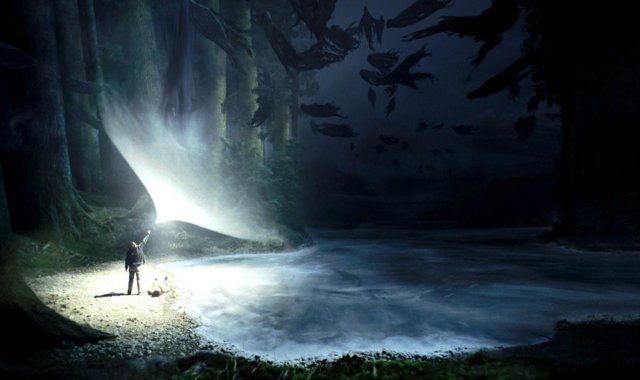
Despite the fact that Rowling had the Ministry of Magic’s entire stash of Time-Turners destroyed in The Order of the Phoenix to avoid plot holes, the magical devices show up again in The Cursed Child. However, instead of maintaining the continuity of the Potterverse’s previous laws of time travel, the play doesn’t adhere to a closed loop system — i.e., characters are now able to change the past rather than just fulfill it — opening up the potential for mind-bending paradoxes, including people being “un-born.”
-
9. The Fantastic Beasts franchise will span 5 movies
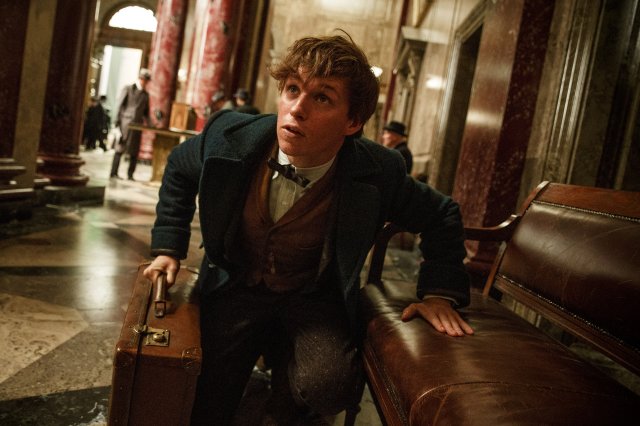
Jaap Buitendijk—Warner Bros. Fantastic Beasts and Where to Find Them — the Harry Potter prequel film set in 1920s New York City — is only the first of five installments exploring the adventures of magizoologist Newt Scamander, according to an announcement Rowling made at an October fan event. However, the series won’t exclusively focus on the eccentric creature caretaker. Potterverse regulars like Albus Dumbledore and Gellert Grindelwald will also play a role.
Get ticket for Fantastic Beasts here
-
8. The Trolley Witch doesn’t just sell treats

UIG via Getty Images Throughout the original seven-book Potter series, the Hogwarts Express Trolley Witch is portrayed as a kindly old woman who spends her time selling Chocolate Frogs and Pumpkin Pasties to students. But when Harry’s son Albus and his best friend Scorpius Malfoy attempt to escape the train in the Cursed Child play, it comes to light that she’s actually an ancient magical being tasked with keeping her traveling wards on board at all costs. Oh, she also has spikes for hands.
-
7. There are 11 wizarding schools worldwide

John Phillips/UK Press via Getty Images Rowling cleverly revealed that schools of witchcraft and wizardry exist beyond the British Isles by having students from Scandinavia’s Durmstrang and France’s Beauxbatons enter the Triwizard Tournament fray in The Goblet of Fire. But that was just the beginning. In a series of January posts on Pottermore, Rowling wrote about several of the eleven “long-established and prestigious” academic institutions around the world, including Japan’s Mahoutokoro, Brazil’s Castelobruxo and of course, America’s Ilvermorny.
-
6. Dumbledore is her favorite character in the series (besides Harry)
Rowling has long been forthright about her affection for the quirky and wise — yet complex — headmaster of Hogwarts, dubbing him “the epitome of goodness” during a 2000 interview with CBC Newsworld’s Hot Type. But after a fan asked her directly about her most beloved character in April, she made it Twitter official.
-
5. MACUSA was founded in response to the Salem Witch Trials

Universal History Archive/UIG via Getty Images The Magical Congress of the United States of America — commonly referred to as MACUSA — may be the American equivalent to the Ministry of Magic, but it has much tougher laws governing the relations between magical and non-magical communities. This is because a series of secrecy breaches brought about tragedies for the American wizarding world, beginning with the Salem Witch Trials of of 1692-93.
In Seventeenth Century and Beyond, the second installment of History of Magic in North America, Rowling explains that MACUSA was founded to prevent further magical persecution following the trials: “It was the first time that the North American wizarding community came together to create laws for themselves, effectively establishing a magical-world-within-a-No-Maj-world such as existed in most other countries.”
-
4. Professor Quirrell was a temporary Horcrux
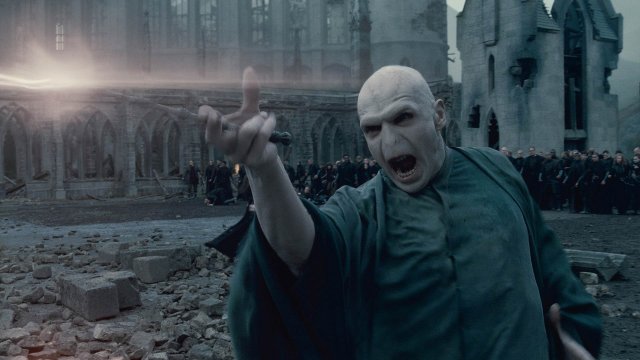
Warner Bros. The end of The Sorcerer’s Stone reveals that Harry’s first Defense Against the Dark Arts teacher is harboring what remains of Voldemort’s soul within him, a possession that showed up in the appearance of the Dark Lord’s face on the back of Quirrell’s head — hence, his turban. While it was previously unclear exactly how Voldemort was able to get the young professor under his control, in the Pottermore eBook Short Stories from Hogwarts of Power, Politics and Pesky Poltergeists, Rowling explains that he was “turned into a temporary Horcrux,” which made him unable to resist the will of the “far stronger, evil soul inside him.”
-
3. Lupin died so that Arthur Weasley could live
Remember that scene in The Order of the Phoenix when Arthur Weasley got attacked by Nagini (Voldemort’s snake) while he was guarding the Department of Mysteries? Turns out he only survived that encounter because Rowling had decided to kill off a different member of Harry’s surrogate family, Remus Lupin. The lovable werewolf eventually met his end during the Battle of Hogwarts, the deadly clash that also took the life of his wife, Nymphadora Tonks, leaving their infant son, Teddy, orphaned.
-
2. Voldemort had a secret daughter
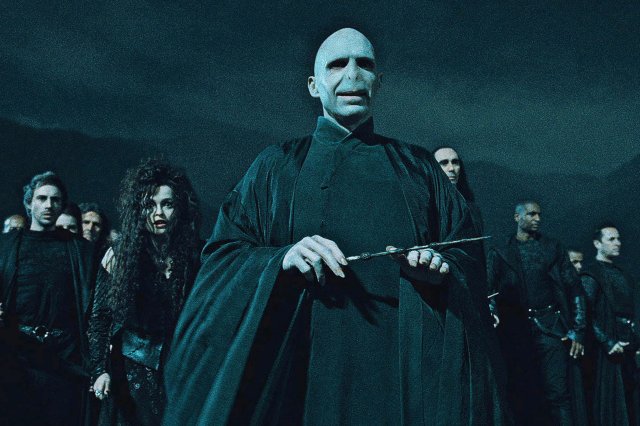
Warner Bros. Pictures Voldemort didn’t have an actual body for more than a decade after his attempt to kill baby Harry, but the magical rebirth of his physical being in Harry Potter and the Goblet of Fire apparently made him human enough again to conceive a child. The fact that his daughter with Bellatrix Lestrange existed came to light in The Cursed Child. The Harry Potter play, based on a story by J.K. Rowling, revealed that the character who managed to pass herself off as Cedric Diggory’s cousin (she introduced herself as “Delphi Diggory”) wasn’t who she said she was. She was the daughter of He Who Must Not Be Named himself, born in secret at Malfoy Manor sometime before the Battle of Hogwarts.
-
1. Lupin’s lycanthropy was a metaphor
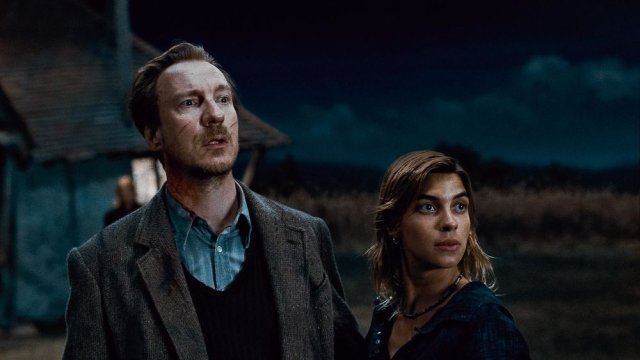
Warner Bros. Remus Lupin — Harry’s third Defense Against the Dark Arts professor and one of his several father figures — is revealed in Harry Potter and the Prisoner of Azkaban to have lycanthropy, a condition that causes those afflicted with it to transform into werewolves at the full moon. However, in Short Stories from Hogwarts of Heroism, Hardship and Dangerous Hobbies, Rowling notes that it is not only a defining aspect of Lupin’s backstory, but a metaphor for stigmatized illnesses such as HIV and AIDS: “The wizarding community is as prone to hysteria and prejudice as the Muggle one, and the character of Lupin gave me a chance to examine those attitudes.”
Read now: Harry Potter and the Prisoner of Azkaban
Short Stories from Hogwarts of Heroism, Hardship and Dangerous Hobbies
Watch now: Harry Potter and the Prisoner of Azkaban